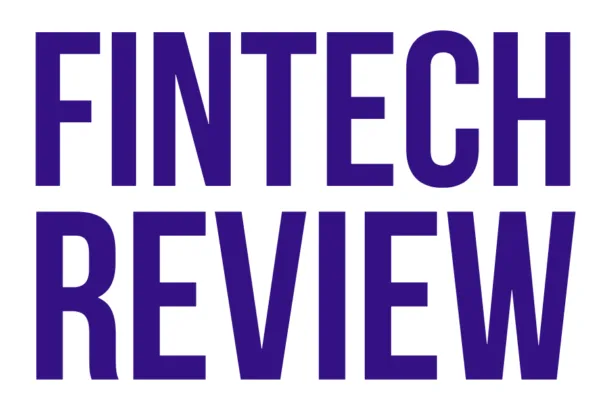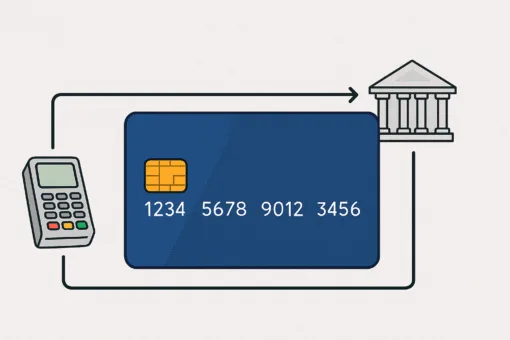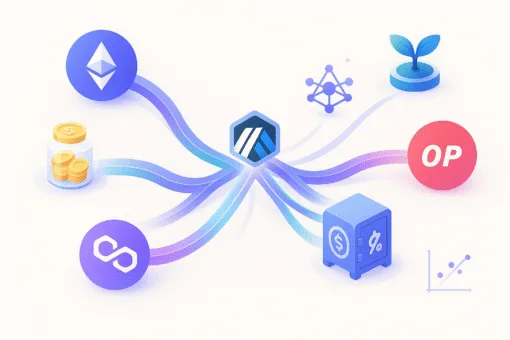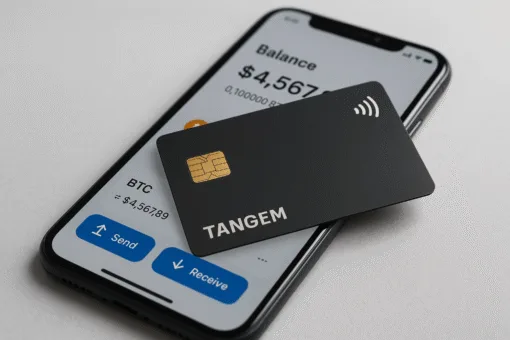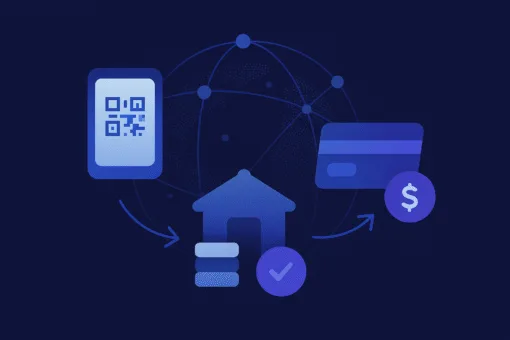By Jishith Gangadharan from Clayfin
Omnichannel banking has been creating quite the buzz within the financial services landscape. As the focus on customer experience zooms in, it’s become all the more relevant to provide a smooth and seamless banking experience, both online and offline for customers. With several myths doing the rounds on omnichannel banking, we make an attempt to debunk a few. Read on.
Debunking the myths of omnichannel banking

Multichannel and omnichannel cannot be used interchangeably
Many banks nowadays offer services via ATMs, Kiosks, net banking, pill banking, cell internet banking, mobile banking programs, social media banking, and more, besides the physical branch services. This is called multichannel banking. However, omnichannel banking refers to offering a consistent banking experience.
Omnichannel is all about cosmetic and aesthetic aspects of banking
Omnichannel banking is primarily about building a consistent look and feel to the entire banking experience, but it’s beyond that as well.
Banks will supply more channels and pave way for self–services, thus cutting costs
Alternate channels augment banking experience for users but have little to do with replacing them in their entirety. If anything, they complement the existing channels and enhance user experience. Banks need to be able to capitalize on growing demand and come up with the right strategies. The right tools and technologies to create an impact in terms of cost-savings. But also explore the scope for new income through such value-added services.
Enterprise Service Bus or Middleware exposing APIs are miracle makers
Several banking stalwarts believe that an ESB or Middleware is sufficient to bring to the fore several back-office services/transactions as APIs. This can be presented across several channels. The premise of this is flawed.
An ESB / Middleware is a data exchange facilitator between back-office mechanics and frontend interfaces. It clearly cannot replace an independent layer that can manage several channels effectively to deliver a consistent user experience across channels.
Not all bankers believe in these myths. But sometimes, this tends to happen owing to a few factors…

Heterogeneous technology platforms
As technology advances, banks strive to stay updated and end up with technology that cannot be scaled at large or cannot be replaced as quickly as they want it to be. This is because it is not sustainable both from a technology and a cost standpoint. This results in heterogeneous technology platforms resulting in inconsistencies across channels or points of interactions.
Diverse vendors
Owing to a wide range of vendors that a bank uses to offer its services, there is no consistency that can be offered across several channels. This results in delivering an inconsistent, and touched out experience to the customer.
Disjointed customer experience due to lack of a single team ownership
For many banks Internet Banking, Mobile Banking, and channels such as ATMs / Kiosks are taken care of by discrete business units. This leads to a lack of cohesion, rendering itself to an inconsistent customer experience delivered across several points of interaction.
Now we have debunked some long-time banking myths. Let’s focus on understanding what Omnichannel means in the commoditized banking world.
Adopt “The Customer First” approach
By definition, conventional banking is rooted in the thinking that customers approach banks to avail of specific solutions or products and services.
In the commoditized world, banks are waiting to go all out to get customers choose their products and services over their competitors. This means the bank needs to be available and accessible to cut through the noise. It needs to reach their customer at the right time for the customer’s specific need.
Thus, omnichannel banking puts the customer first. It requires the bank to be present and in tune with the customer’s world.
A good case in point is telecom service providers. They are well-known for putting the customers on top of their game. They give them the liberty to define their plan, caller tune, data sharing plans, close user groups and so on. Banks can take a leaf out of telecom service providers’ strategy while defining customer experience. Features and benefits such as security levels, preferences, favorites, add billers, beneficiaries, manage alerts and reminders etc will come handy to redefine customer experience in favor of the customer.
Aim for a Consistent User Experience across all channels

Once you empower the customer to define their experience, their expectation is well set to receiving a seamless user experience across all channels. Whether it is on the internet or mobile or ATM or call center. For instance, let’s say a customer has set up the beneficiary and limit for that beneficiary on their banking web app, then whether they are making payment through the internet or mobile or at an ATM, settings for the beneficiary should be reflected across all channels. This is the highlight of a consistent omnichannel experience. Another example would be; if a customer has configured a transaction password, the same should be prompted across all channels.
Analyze customers’ social media presence
If the customer is on Social Media, banks need to understand customer preferences on social media and dish out services accordingly. An example would be relevant ecommerce sites that should be analyzed to offer several payment options to enable ease of shopping.
A study by CB Insights suggests that customer expectations have undergone a curious change in the last few years. atically evolved in the past few years. Retailers are expected to be present on multiple channels at the same time. From headless commerce to virtual try-on, there are quite a few technologies that enable a seamless experience. This lays the verdict that that banks need to step up their game and not just stop at going digital but get intertwined into the commercial lives of customers. Their role doesn’t stop at a transactional level.
Up your listening game for better engagement
As banks engage more frequently with customers, it’s easier to draw patterns and cater to their exact preferences, likes, and dislikes. It also becomes much easier to dole put services bespoke to their needs.
Embrace change and respond rapidly
Both customers’ worlds and their points of interaction will keep dynamically going through a flux on the basis of the prevailing socio-economic-technology-regulatory environment. The key for banks is to embrace change and be open to it. Building open architecture helps banks launch new channels or new services or respond to changing environments fairly quickly.
If banks understand these realities and implement Omnichannel Banking with a customer-first approach, it will deliver specific goals. Whether it is to improve the bottom line by bringing down servicing / operational costs or improving revenues by increasing transaction velocity or acquiring/retaining customers.
If you’d like to know more on how to get started with your first step, Clayfin is here to help.
Request a demo or visit our website for more information on omnichannel banking solutions.
About the author
Jishith is a marketing strategist with more than 16 years experience in the IT industry. He has extensive experience across various facets of marketing in the industry. Jishith spearheads marketing and communications for Clayfin. Outside the office, he enjoys traveling, reading and aquascaping.
